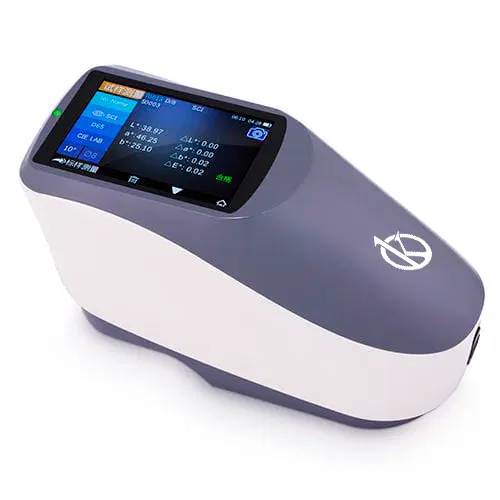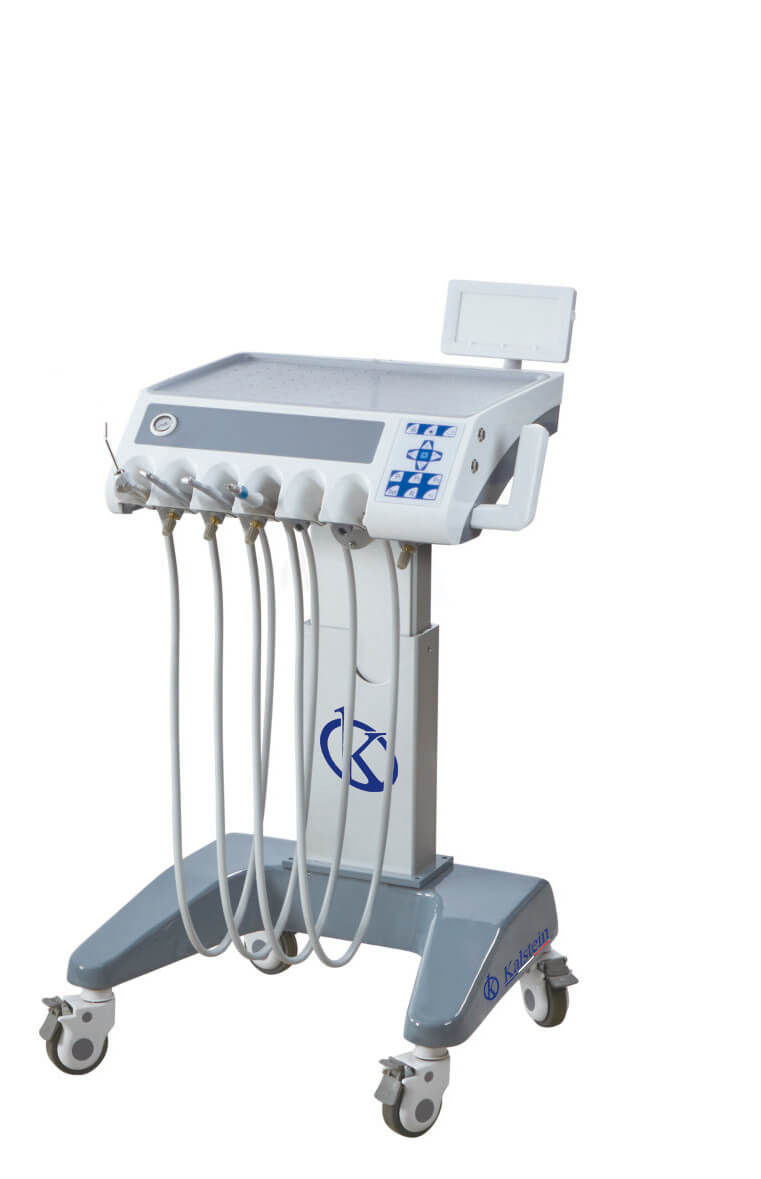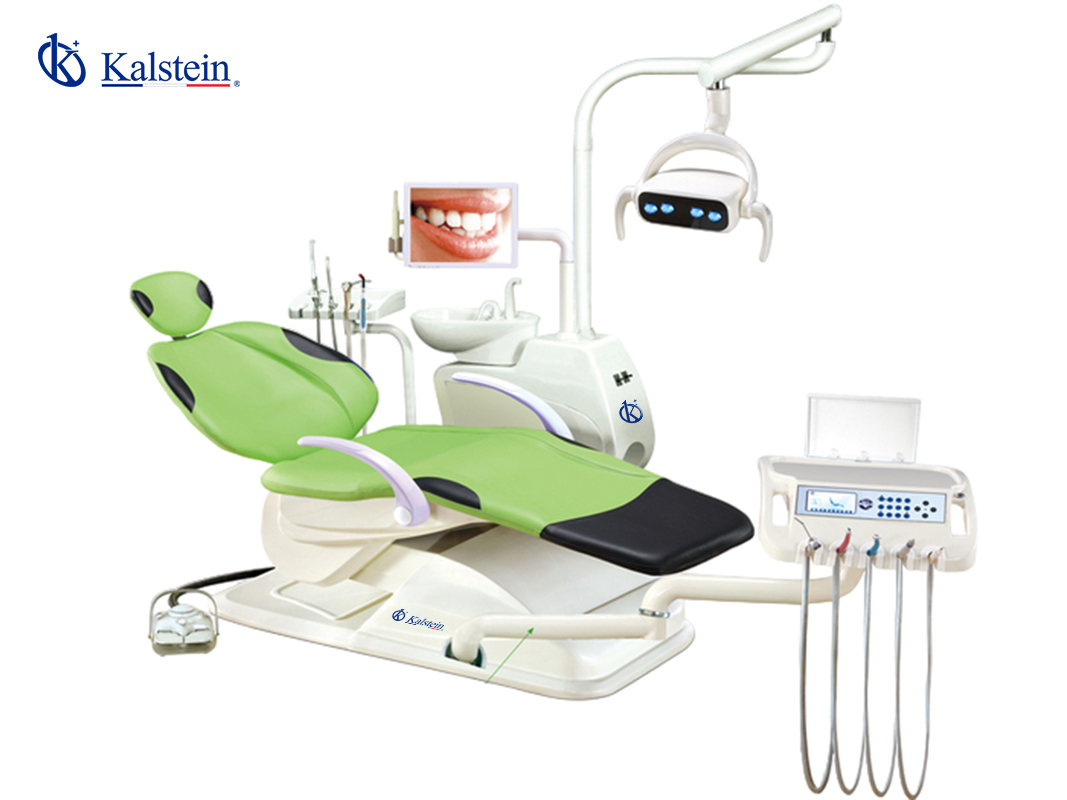Brix grades are defined as the percentage by weight of a pure sucrose solution, which measures 1 gram of sucrose per 100 grams of sample. The scale is based on the directly proportional relationship between the refractive index at 20°C and the mass percentage of total soluble solids of a pure aqueous solution of sucrose, i.e. 50° Brix equals a sugar content of 50%. This conversion is standardized by the International Commission for Uniform Methods of Sugar Analysis (ICUMSA).
The Brix scale is the most used to determine the degree of maturity of fruits and vegetables, the percentage of sucrose content in juices, in all types of sauces, dairy and their derivatives, in the elaboration of wine, beekeeping and honey production.
The measuring ranges vary according to the substance to be evaluated and depending on this the equipment to be used
- 0-32% Brix: are usually used to measure the sugar content in juices.
- 28-62% Brix: Commonly used for jams and syrups.
- 85-92% Brix: used in beekeeping.
It is also possible to get commercial equipment of 0-90% Brix, although these are of wide range, the error will be greater.
How to measure Brix scale with a refractometer?
To make any measurement with the portable refractometer, it is necessary to ensure that the surface of the sample prism holder and the cover are clean. The instrument must then be calibrated to zero either with distilled water or with Brix calibrating collusion. To make the measurement you must drop a few drops on the prism, disperse evenly, cover with the lid and make the assessment at room temperature. Finally, you should clean the instrument thoroughly and store it in its case in a slightly damp, cool and dark place. For the measurement it is important to consider the temperature, the Brix of a cold sample will be more than the same at 20ºC, or on the contrary if measured in hot the Brix will be lower.
Other scales used in refractometry
For any particle dissolved in a sweet substance it is possible to use the Brix scale, but for such cases it counts as a relative measure or a reference value. An example of this is high fructose corn syrup (HFCS), which is a liquid sweetener extracted from corn starch that is mainly composed of fructose and D-glucose and is used to partially replace sucrose in beverages and sodas.
In addition, there are different specific scales used in refractometry according to the application
- Baumé (°Be) and Oechle (°Oe) grades measure grape must density.
- The Klosterneuburger Mostwaage grandes (°KMW) used in Austria to determine the sugar ratio of wine must.
- The degree Plato that was established to quantify the sugar content in the brewer’s must.
- The Zeiss scale is also widely used in the beer and wine industries.
- The Butyro scale is used to measure vegetable oil and animal fats.
- Ghee in Asia; it is calibrated at 45 °C by the particular characteristics of oils at this temperature.
- The scale for Serum Protein (SP) and its units are g/dl (g/100ml).
- The specific gravity (SG) or urine gravity (UG) scale is commonly used to measure specific gravity on urine samples.
- The scale of the refractive index (nD or ND) is usually referenced with appropriate conversion tables to measure the concentration of variety of substances in % of salt, gas, g/dl, nD, % w/w, % vol, % water, mash sac, M-10, MDT and is related to those already mentioned.
It should be noted that the scale on which the instrument is being worked on must be taken into account when calibrating the instrument. It is recommended that the prism and lid are thoroughly cleaned and calibrated with distilled water each time a measurement is made.
At Kalstein we are MANUFACTURERS of Portable Refractometers of 0-10%, 0-32%, 0-50% and 58-92% on Brix scale. We offer you precision optical instruments with advanced technology, adjusted to your requirements. For more information on equipment, PURCHASE, SALE and PRICING, please visit our website at HERE




